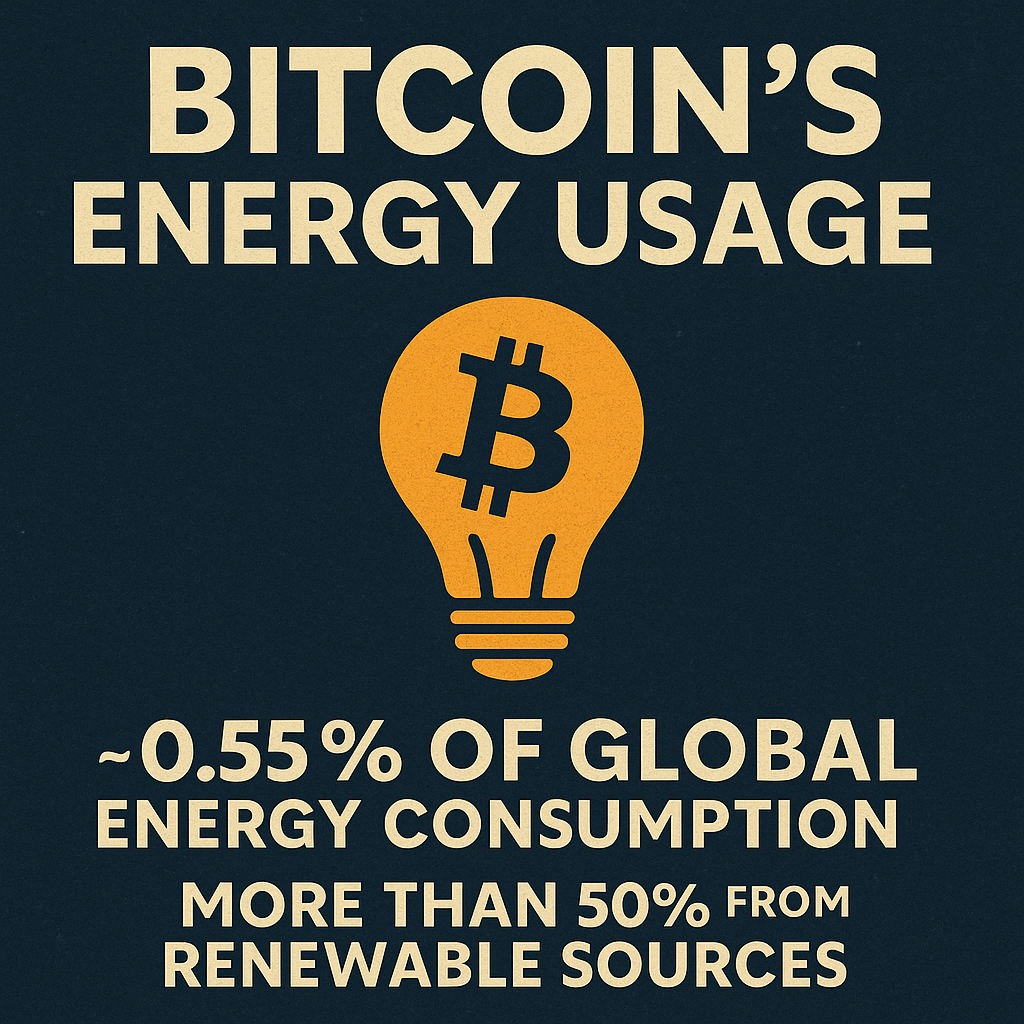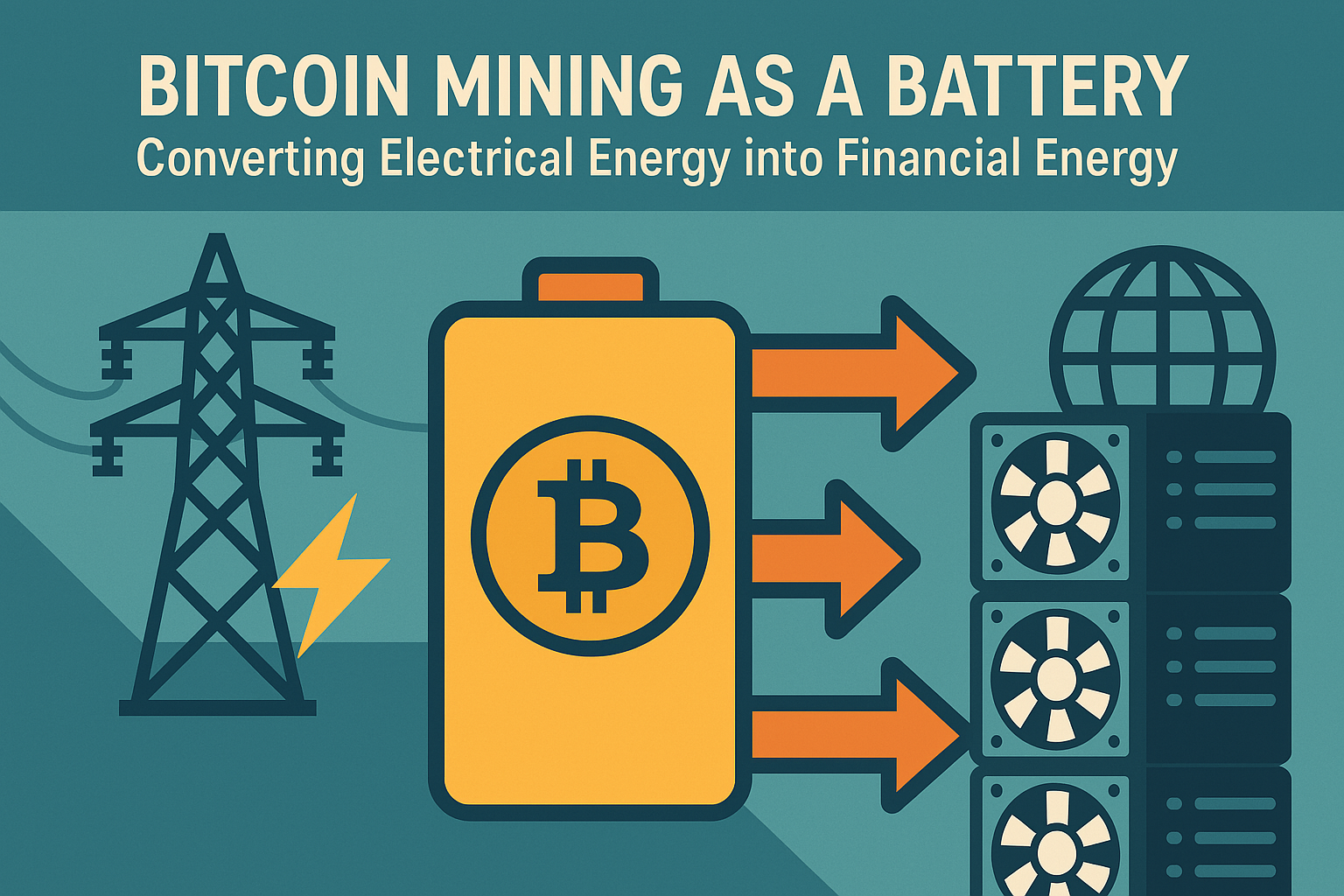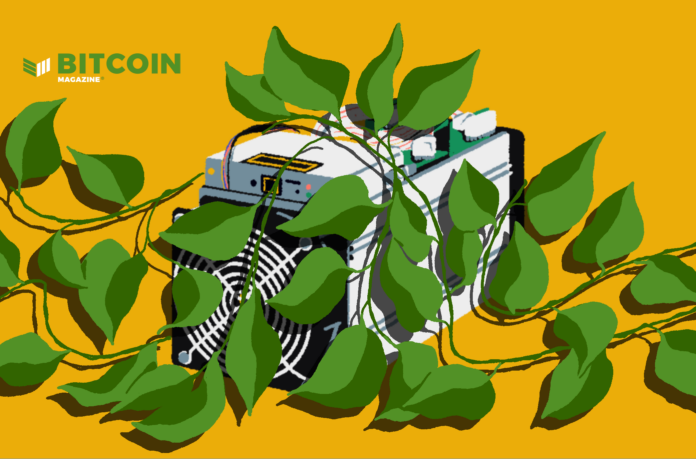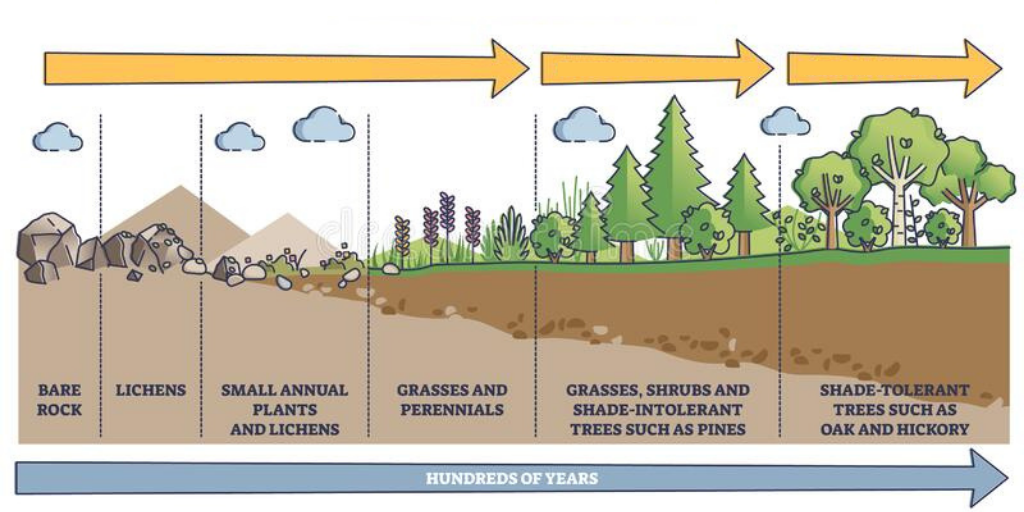ENVIRONMENTAL CASE
for BITCOIN
ENVIRONMENTAL CASE
for Bitcoin
Explore a curated collection of articles, videos, and research that dive into Bitcoin’s environmental impact, energy use, and sustainability efforts.

“Energy use is not a flaw of Bitcoin—it’s what gives it strength, security, and independence.”
– Lyn Alden

“Energy use is not a flaw of Bitcoin—it’s what gives it strength, security, and independence.”
– Lyn Alden
Featured
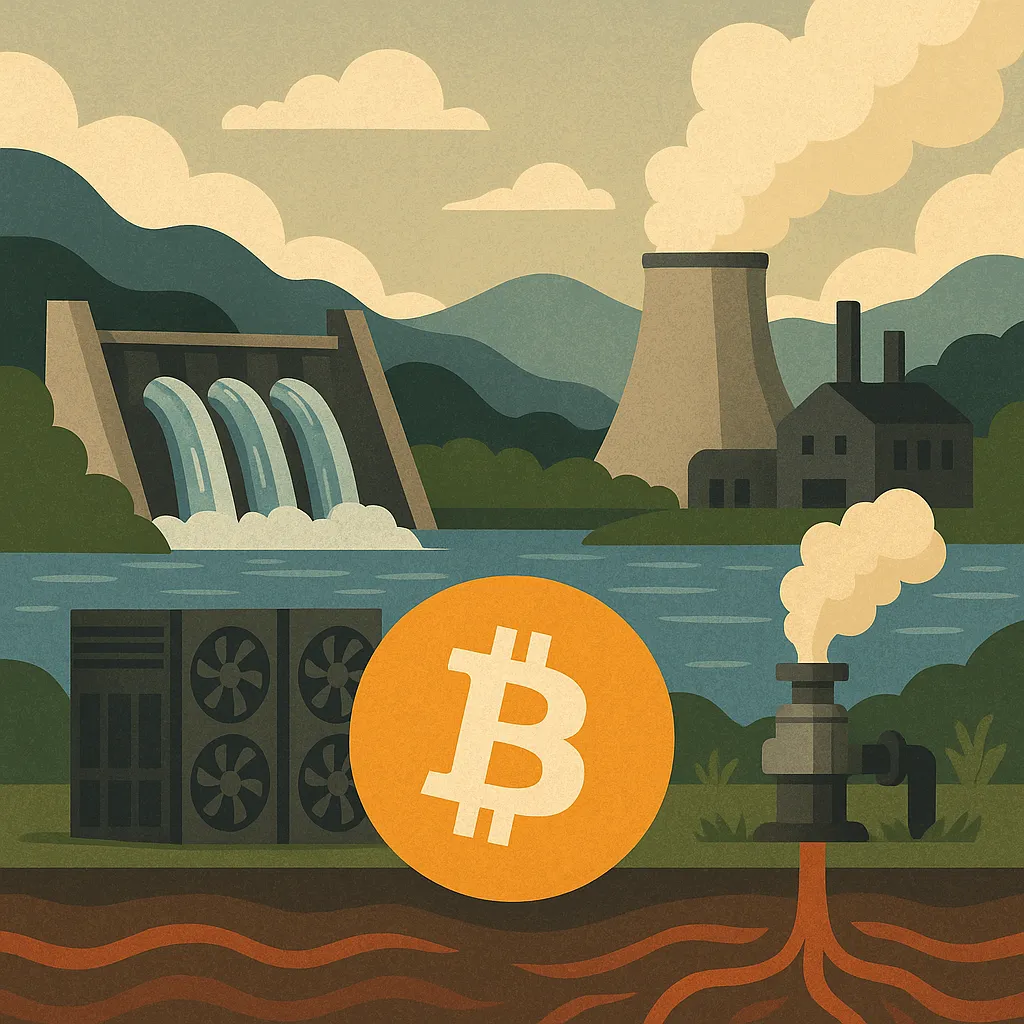
Hydro, Geothermal, and the Bitcoin Catalyst
Energy is abundant. The problem isn’t generation — it’s economics. Across the world, clean power sources like hydro and geothermal sit idle or underdeveloped, not because the technology doesn’t work, but because the business case doesn’t.
Bitcoin fixes this. By acting as a buyer of last resort, mining provides the missing clearing price that makes these stranded energy projects economical.
The Energy Paradox
Hydropower and geothermal are two of the most reliable, renewable energy sources on the planet. They run 24/7, unlike wind and solar, and they produce electricity at some of the lowest marginal costs once built.
But there’s a problem: location.
Hydro and geothermal resources are often far from population centers. Building massive transmission lines to connect them is expensive and politically complicated. Without a buyer for the power, projects stall or sit underutilized.
In energy markets, stranded supply is wasted supply.
Bitcoin as the Buyer of Last Resort
Bitcoin mining changes the equation. Miners aren’t tied to cities or factories. They can operate anywhere, so long as there’s cheap, reliable power.
This makes hydro dams in rural Africa or geothermal wells in Iceland suddenly viable. If the local grid can’t absorb the energy, miners can. If transmission lines are uneconomical, mining rigs on-site monetize the electrons immediately.
Instead of wasted potential, Bitcoin provides instant demand.
A Catalyst for Renewable Growth
Far from “wasting energy,” Bitcoin actually catalyzes renewable development:
Hydro: Small hydro plants in mountainous regions become profitable when paired with mining, stabilizing local grids and financing expansion.
Geothermal: Countries like El Salvador are already using Bitcoin to monetize geothermal, turning volcanic heat into both energy security and economic growth.
Other Renewables: Excess wind or solar can also be monetized through mining, but hydro and geothermal shine brightest because of their consistent baseload generation.
By providing a guaranteed market, Bitcoin lowers the investment risk for building new renewable infrastructure.
Energy Infrastructure Before Consumers
Historically, energy infrastructure often had to wait for demand before being built. Bitcoin inverts this. Mining creates immediate demand, which finances projects that would otherwise never leave the drawing board. Once the infrastructure is in place, communities, businesses, and industries can plug in and grow around it.
This is why Bitcoin mining is sometimes called the “energy bootstrapping mechanism.”
The Bigger Picture
Bitcoin mining isn’t competing with households for electricity — it’s competing with waste. It takes energy that would otherwise be stranded, flared, or uneconomical, and turns it into financial security.
In doing so, it becomes the hidden catalyst for clean energy adoption. Not through subsidies or political promises, but through the most powerful incentive in economics: profit.
From Stranded to Sovereign
Hydro and geothermal potential across the globe is massive, yet underdeveloped. Bitcoin provides the missing link. By monetizing stranded energy, it transforms wasted electrons into capital and sovereignty.
What was once uneconomical becomes unstoppable. Bitcoin isn’t just digital money. It’s the catalyst that makes clean energy real.
Shout out to BullishBTC.com — building conviction and clarity in the Bitcoin Renaissance.
Introducing Soluna’s Project Dorothy: A Wind-Powered Data Center in Texas
Bitcoin Mining: Separating Fact from Fiction
Bitcoin's Energy Consumption and its Environmental Impact
How Bitcoin Can Expand the Grid in Africa with Erik Hersman
Turning Garbage into Bitcoin with Adam Wright
Builders + Innovators Summit 2021: Crusoe Energy
OUR GOAL
Our goal is to educate others on the value of owning Bitcoin from both a financial and humanitarian perspective.
QUICK LINKS
© 2025, BullishBTC. All rights reserved.

